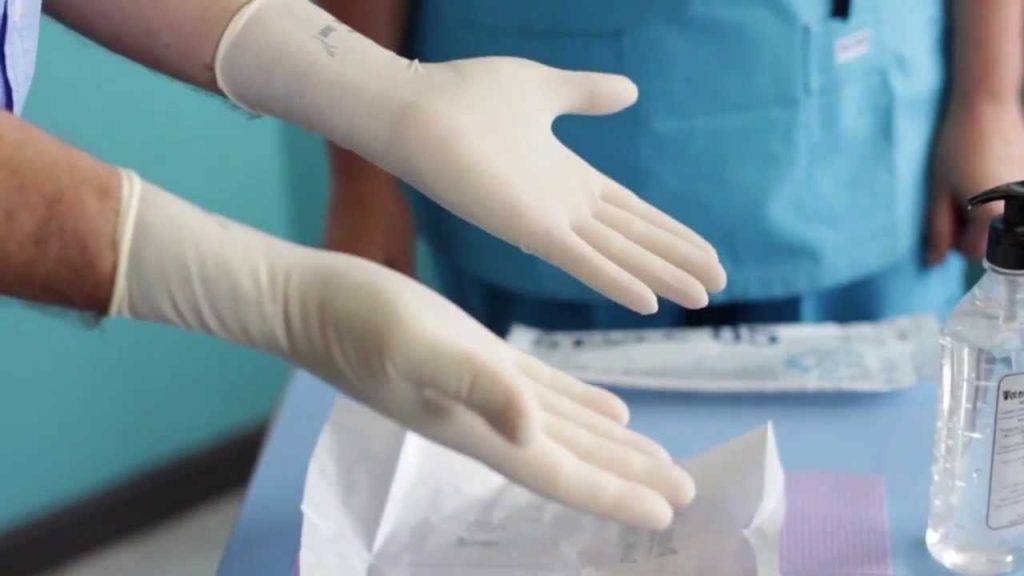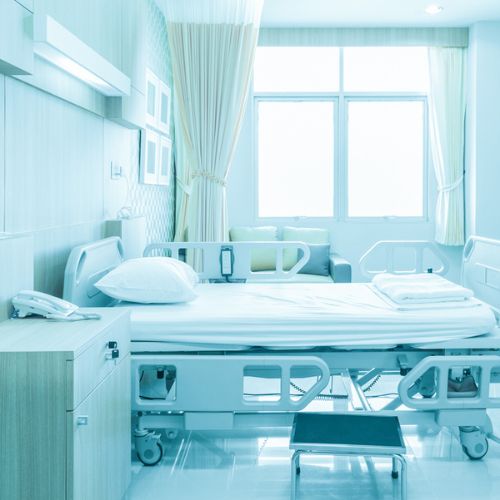
Healthcare-associated infections (HAIs) have become increased concern in healthcare set ups such as hospitals and clinics. HAIs are the infections that develop during Patient’s course of stay at hospitals that were not present before the admission of patient. HAIs have escalated morbidity and mortality rates and have also prolonged the patient’s stay at hospitals which in turn has increased the cost of healthcare and treatments.
To overcome the spread of HAIs, Hand hygiene and Personal Protective Equipment (PPE) protocols such as washing of hands and wearing of gloves are globally emphasized by Centers for Disease Control (CDC) and World Health Organization (WHO). One factor is antimicrobial resistance linked with HAIs. Other factors that have contributed to the reoccurrence and serenity of these infections include: compromised immune system of host and invasive techniques.
Healthcare Worker’s (HCWs) hands contaminated with pathogenic bacteria are considered as main source of nosocomial infections/ HAIs spread. Furthermore, improper removal of PPE, contributes to dissemination of pathogens. Reports published in Infection Control and Hospital Epidemiology indicated that multidrug-resistant organisms were found among more than a third of the healthcare workers during patients encounter.
HCWs mostly contaminate their hands and gloves with gram negative bacteria such as S. aureus, Enterococci or C. difficile by touching intact areas of skin of hospitalized patients. Hands carry normal flora, whereas in healthcare setups, hands and gloves of the healthcare workers are colonized with pathogenic species of bacteria. According to American Society of Microbiology (ASM Microbe) research, these contaminated gloves further spread the bacterial volume by touching the surfaces of the hospitals.
Wearing of the gloves prevent transmission of pathogens through contact and faecal–oral route. According to Nippon Medical School studies, “Gloving is recommended as a barrier protection for health care workers to reduce the risk of contamination during contact with infectious sputum, urine and body fluids”.
Proper glove use may decrease the risk of healthcare-associated infections; whereas, contaminated gloves increases the risk of cross contamination of healthcare associated infections among patients and environment. Protocols are needed to be followed strictly for the removal of gloves to diminish the pathogenic spread and to avoid placing personnel at risk for infection. Better solutions and strategies are needed to control the cross contamination and nosocomial infectious or HAIs spread.
The best solution includes the use of Protector® Antimicrobial Gloves that complies with International Standards and are tested according to ISO 22196 and ASTM E 2180. Protector® Antimicrobial Gloves kill effectively most virulent microorganisms upon contact and prevent the growth of these microorganisms by 99.99%. These gloves are highly recommended in Intensive Care Units, Surgical Sites and Critical Areas where HAIs needed to be controlled and minimize for patients safety.
Key Words:
Healthcare-associated infections (HAIs), Hand hygiene, Gloves, Nosocomial, Infections, virulent, microorganisms, Antimicrobial Gloves, Risk, Contamination, Patients, Protection
References:
- American Society for Microbiology. “Contaminated gloves increase risks of cross-transmission of pathogens.” ScienceDaily. ScienceDaily, 20 June 2016
- Otter, Jonathan A., et al. “Evidence that contaminated surfaces contribute to the transmission of hospital pathogens and an overview of strategies to address contaminated surfaces in hospital settings.” American journal of infection control 41.5 (2013): S6-S11.
- Bhalla, Anita, et al. “Acquisition of nosocomial pathogens on hands after contact with environmental surfaces near hospitalized patients.” Infection Control & Hospital Epidemiology 25.2 (2004): 164-167.
- Henderson, David K. “Managing methicillin-resistant staphylococci: a paradigm for preventing nosocomial transmission of resistant organisms.” The American journal of medicine 119.6 (2006): S45-S52.














